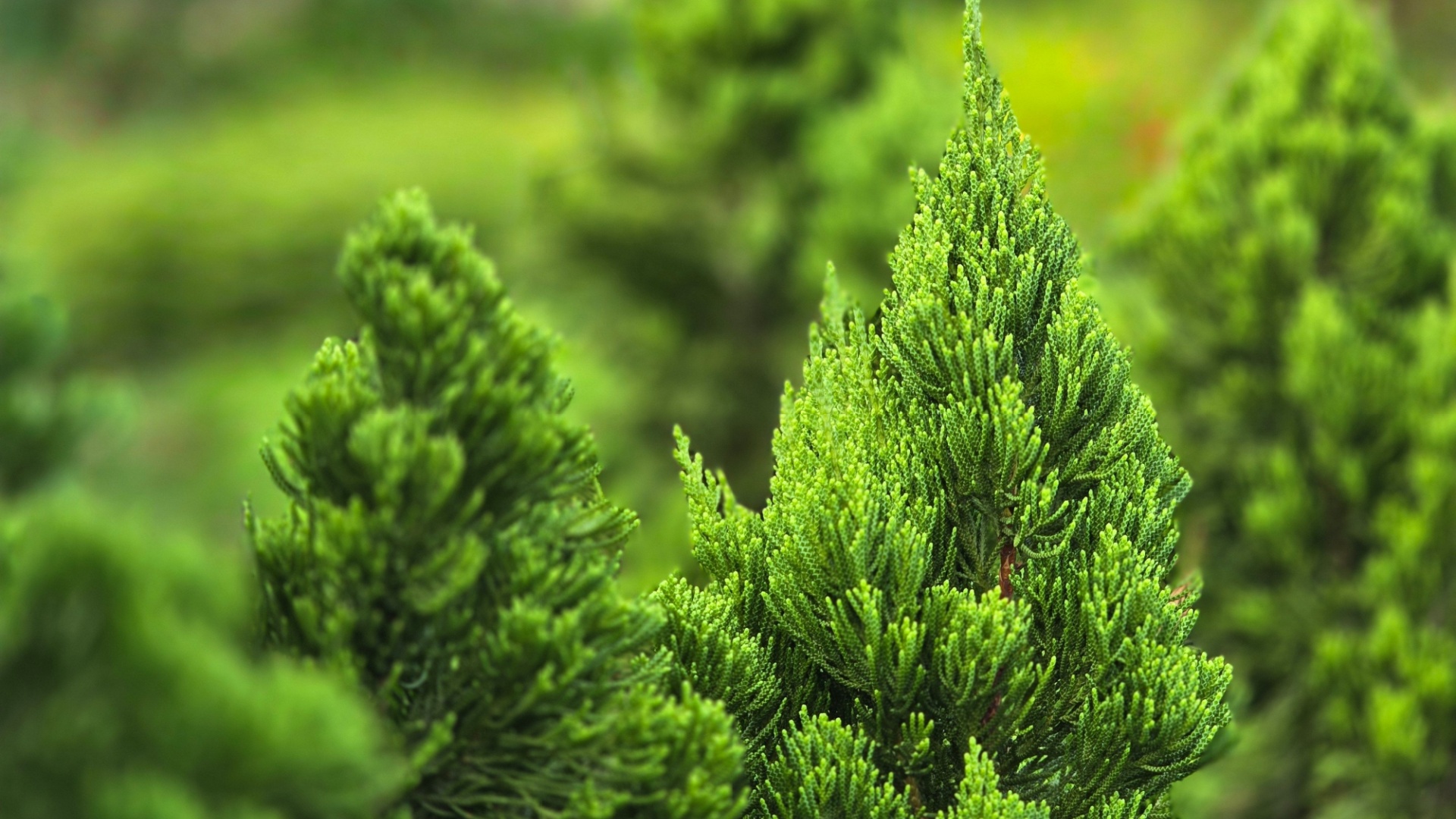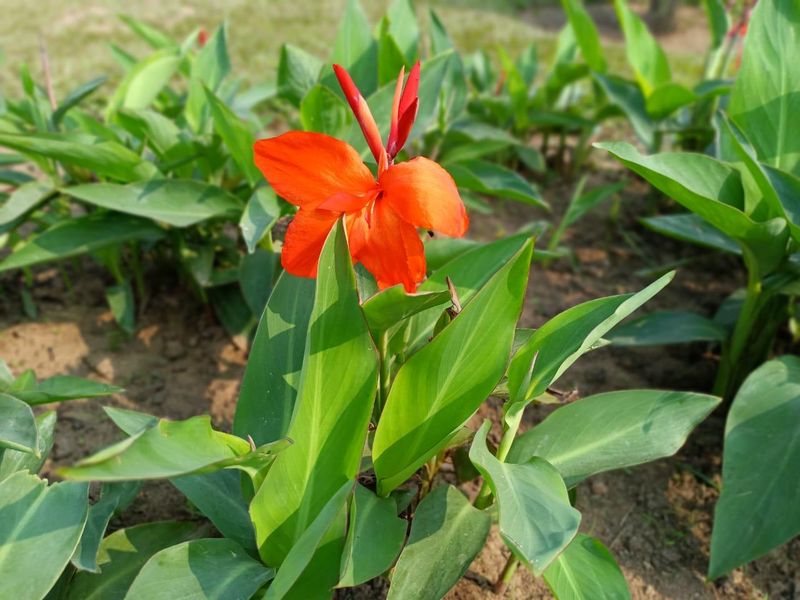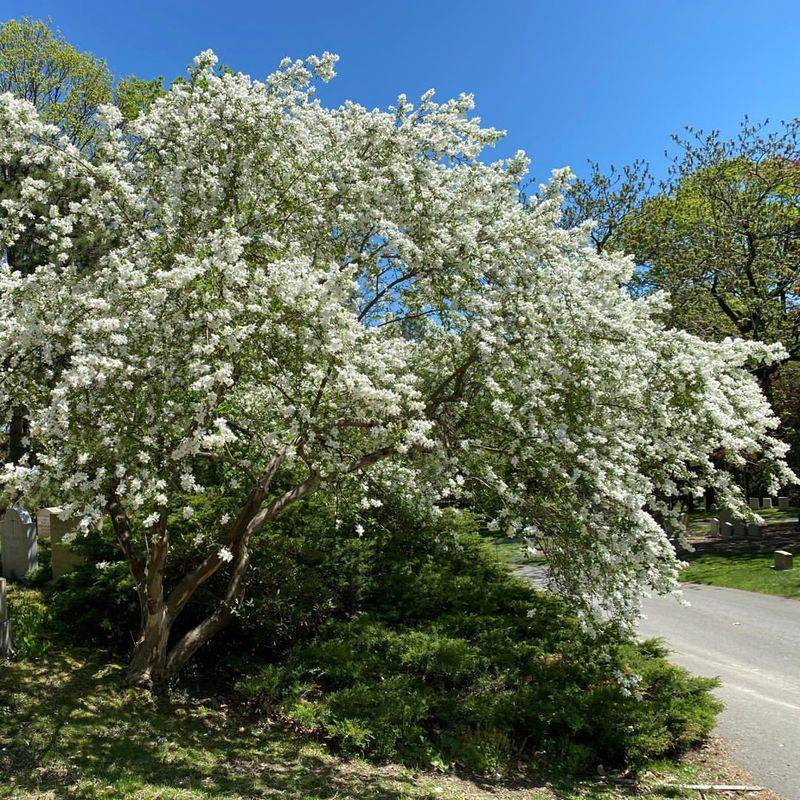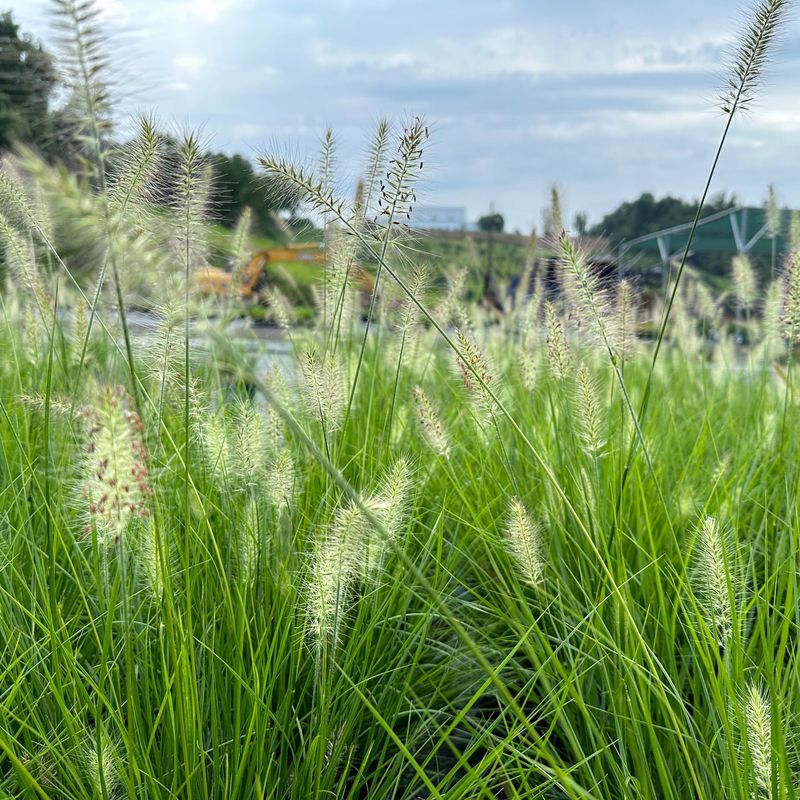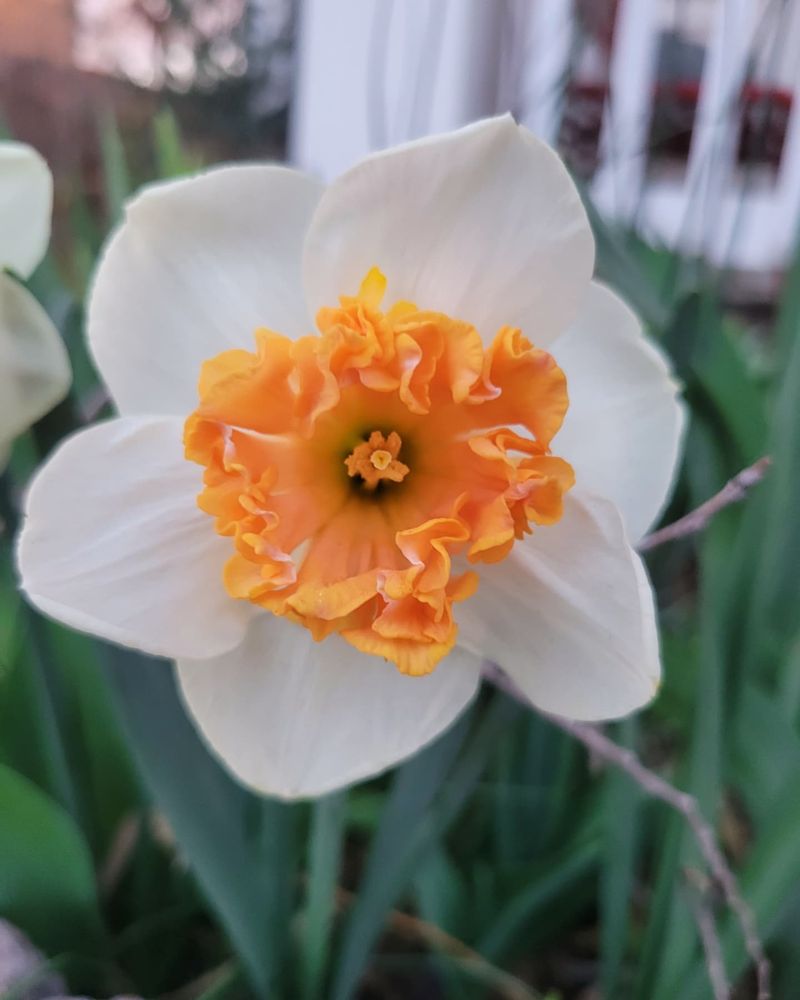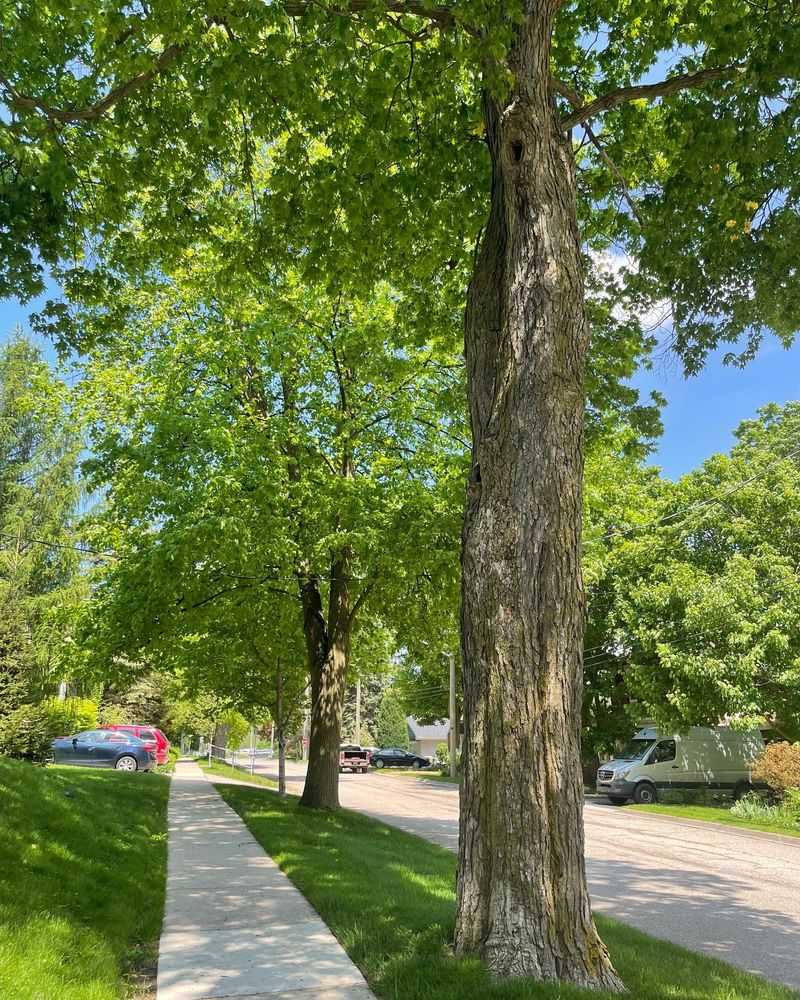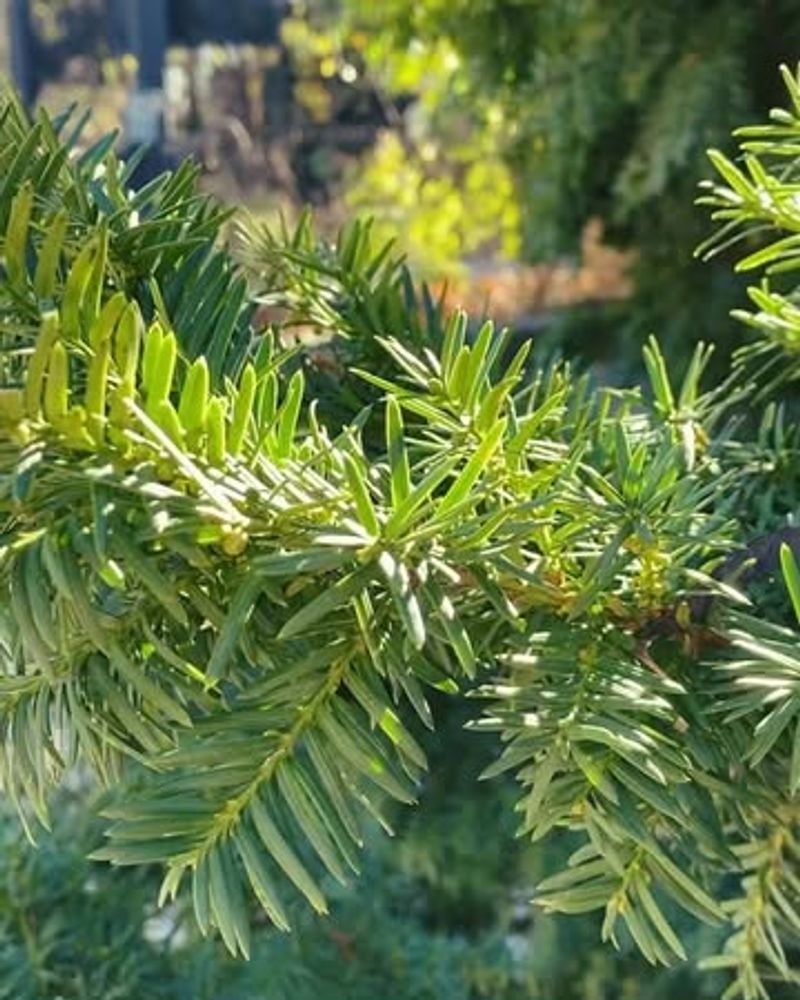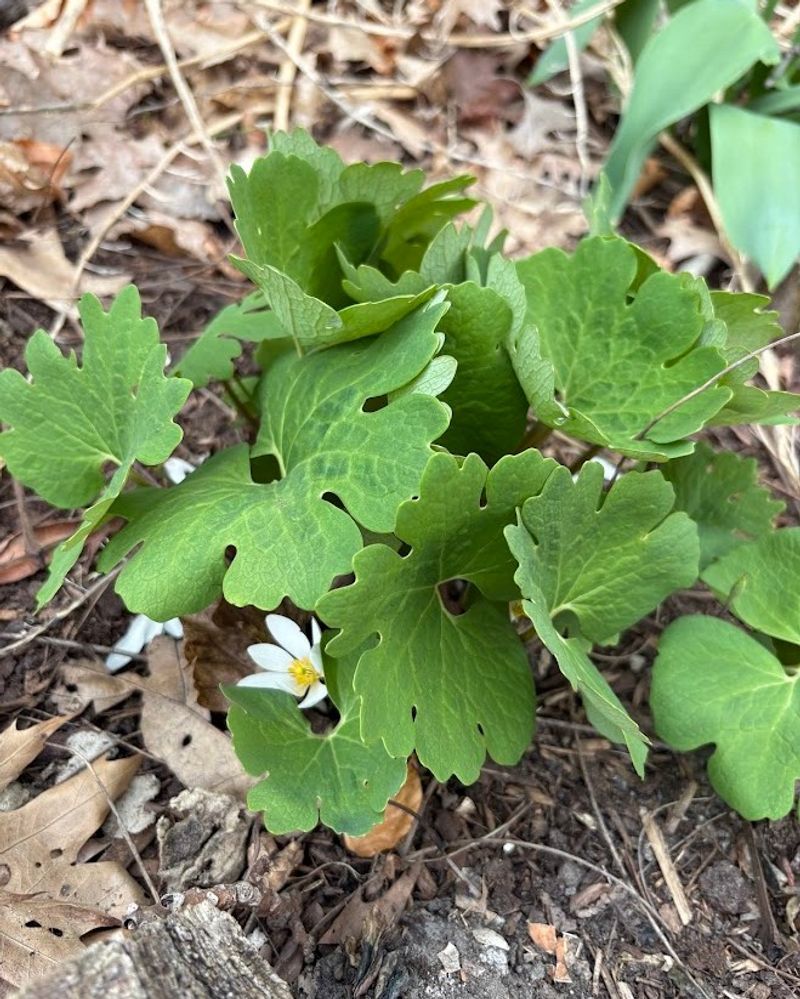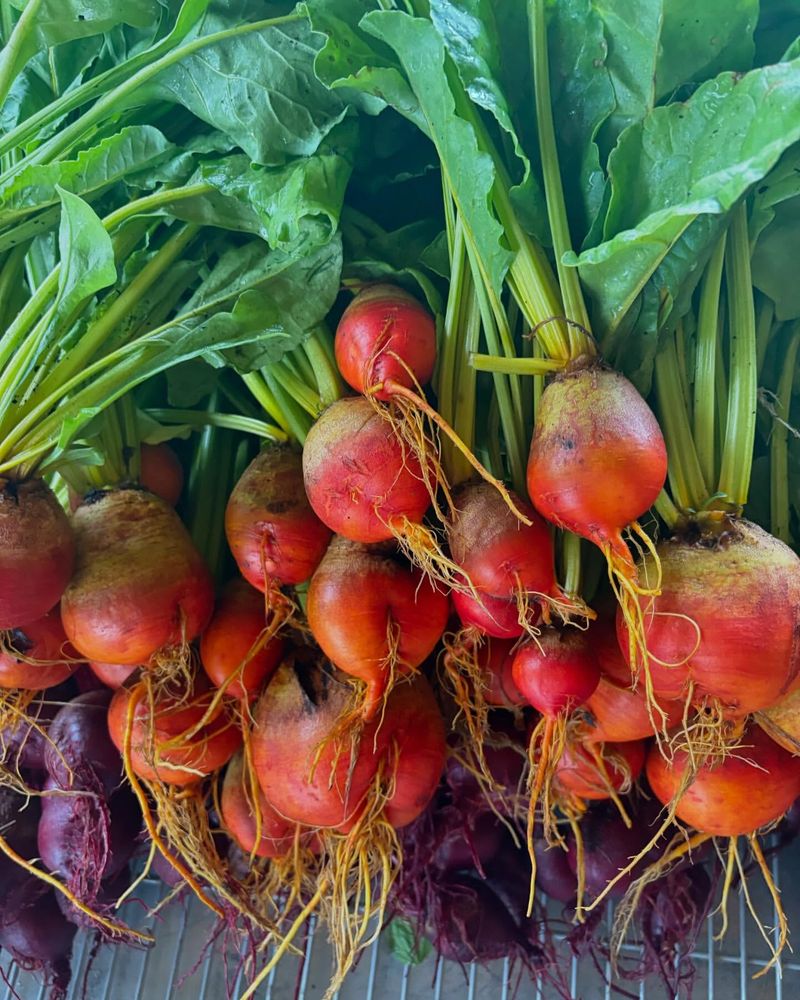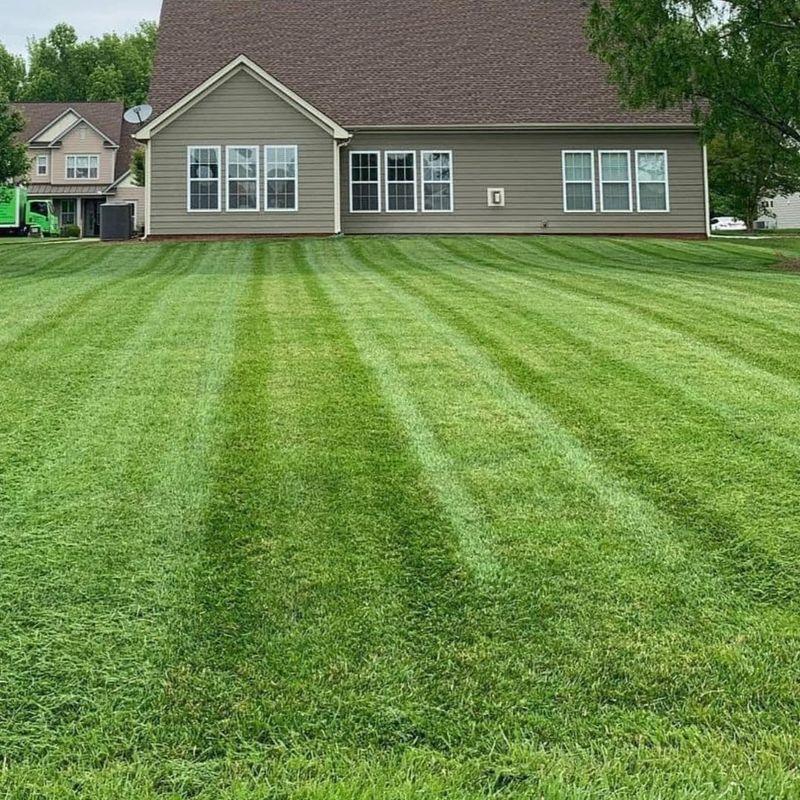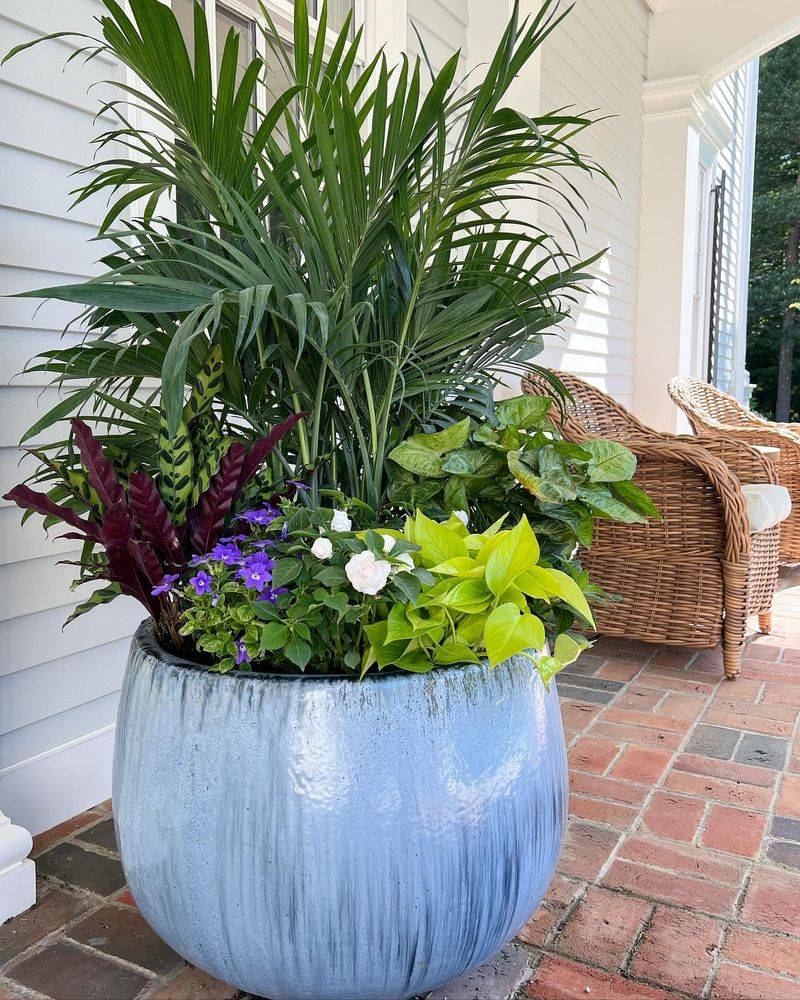As fall sets in across Connecticut, it’s time to rethink your garden care routine. Knowing when to stop fertilizing certain plants can save them from winter damage and set them up for success next spring.
Your garden will thank you for easing up on the nutrients as plants prepare for their winter dormancy.
1. Perennial Flowers
Late fertilizing encourages tender new growth that won’t survive Connecticut’s first frost. Perennials like coneflowers, black-eyed Susans, and daylilies need to harden off and prepare for dormancy.
Instead of feeding, add a layer of mulch to protect their roots from freezing temperatures. This natural blanket provides all the protection they need until spring returns.
2. Woody Shrubs
Fall fertilizing spells trouble for azaleas, rhododendrons, and hydrangeas in Connecticut’s climate. The nutrients stimulate vulnerable new growth just when plants should be shutting down operations.
Many gardeners make this mistake! Allow these woody beauties to naturally slow their growth as daylight decreases. Your patience now prevents winter injury and promotes healthier spring blooming.
3. Ornamental Grasses
Miscanthus, switchgrass, and other ornamental grasses don’t need another nutrient boost this month. They’re winding down their growing season and preparing their dramatic seed heads for winter interest.
Let nature take its course! These hardy plants evolved to handle Connecticut winters without late-season fertilizer. Their golden winter color actually intensifies when nutrients are restricted now.
4. Spring-Flowering Bulbs
Daffodils, tulips, and crocuses rely on their stored energy for next year’s blooms. Fertilizing now disrupts their natural cycle and can actually reduce flowering.
Did you know? These bulbs actually benefit from a period of cold dormancy. The freezing Connecticut winter helps trigger their flowering process. Save your fertilizer for after they bloom in spring when they’re building energy for next year.
5. Mature Trees
Maples, oaks, and other established trees in your Connecticut landscape need to prepare for winter without the false signal of fertilizer. Late feeding prompts vulnerable new growth that can’t withstand approaching frost.
The roots remain active even as leaves drop, so they’ll absorb nutrients they don’t need right now. Wait until early spring to resume feeding these majestic landscape anchors.
6. Evergreen Conifers
Pines, spruces, and other evergreens in Connecticut need to harden off before winter arrives. Fertilizer now keeps them actively growing when they should be preparing for cold weather.
A better approach? Water deeply until the ground freezes if rainfall is scarce. These majestic trees benefit more from consistent moisture than late-season nutrients as they face winter winds and snow loads.
7. Native Woodland Plants
Connecticut’s native ferns, trilliums, and woodland wildflowers evolved without fertilizer schedules. They’re preparing for dormancy now, following nature’s rhythms perfectly without our help.
Fertilizing disrupts their natural cycle. Instead, let fallen leaves create a natural mulch layer that mimics their forest habitat. This approach protects roots while slowly releasing nutrients exactly when plants need them.
8. Hardy Vegetables
Kale, Brussels sprouts, and other cold-tolerant vegetables growing in Connecticut gardens don’t need more nutrients now. Additional fertilizer encourages leafy growth at the expense of flavor development.
Cooler temperatures naturally concentrate sugars in these vegetables, improving their taste after light frosts. Many gardeners report that unfertilized fall vegetables develop sweeter, more complex flavors – nature’s reward for patience!
9. Lawns
Connecticut lawns need different care as temperatures drop. Nitrogen fertilizer now creates weak, disease-prone grass that can’t handle winter stress. The resulting growth spurt wastes the plant’s energy reserves.
Focus on other lawn care practices instead. Core aeration and overseeding offer better returns this month than fertilizer. Your turf will develop stronger roots and better drought resistance for next summer.
10. Container Plants
Potted plants heading indoors for winter don’t need the growth boost fertilizer provides. Their metabolism naturally slows with decreasing light, and nutrients now only confuse their seasonal signals.
Many houseplants actually prefer a feeding break during fall and winter. Resume fertilizing in early spring when increasing daylight triggers new growth. Your restraint now prevents leggy, weak growth during the challenging indoor months ahead.

